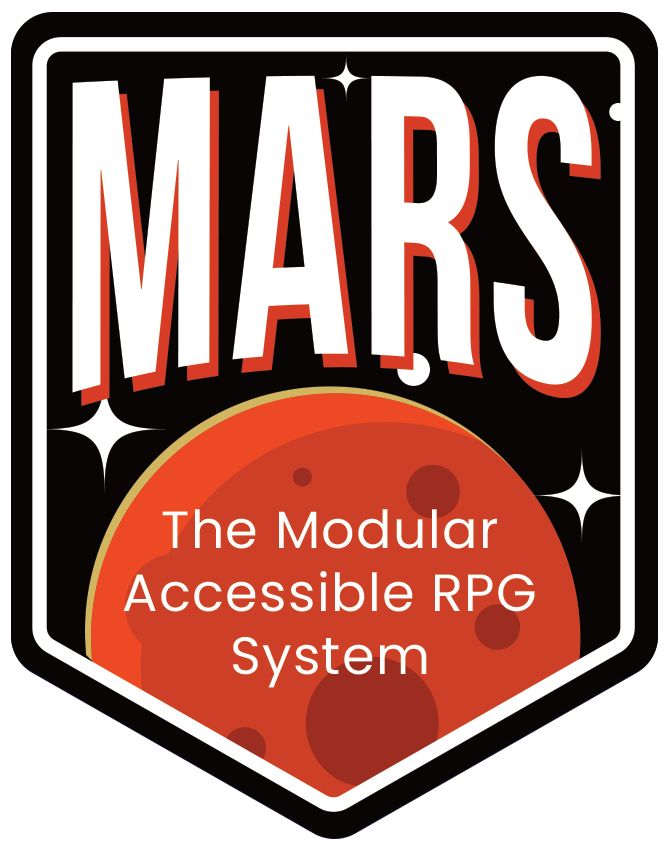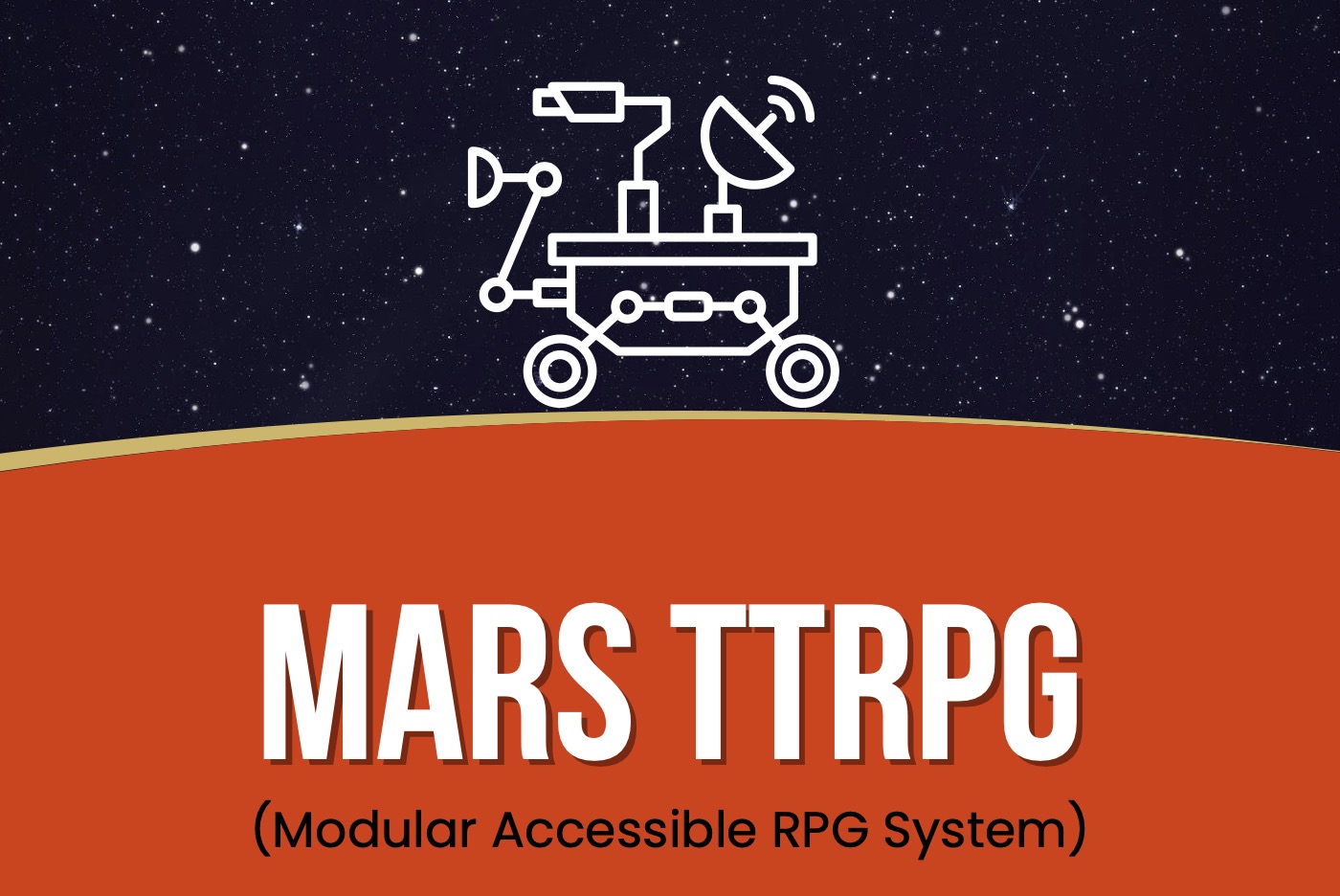Introduction
Many Turn-Based Competitions can be simulated by adding a few concepts in addition to the Core Rules and Advanced Core Rules. This Mode is intended to be supplemented by more specific Competition Modes that build upon the common concepts laid out here. For example, Conflict (aka Combat) is just a more specific form of Turn-Based Competition, but the possibilities are endless, hence why this Mode is so useful.
Competitions are structured into Rounds, within each Round Players and participating NPCs take Turns to act.
Note: At the table a Round may take 5 minutes or more to play, however in the timescale of the Setting, each Round lasts only about 6 seconds—as we assume all Players and NPCs are acting more-or-less simultaneously, just with those higher on the turn order acting slightly sooner.
Starting Conditions
The GM will indicate when a Competition Mode has begun. Each specific Competition Mode may specify conditions that indicate the Competition has begun. If nothing else, Turn Order must be established, so you’ll know a Competition has started when the GM prompts for Initiative.
Turn Order —AKA Initiative
Tracking Turn Order is slow, instead, we recommend:
- Choose the first Player:
- a) The GM invites players to “roll for Initiative”, whoever rolls highest on their d20 goes first.
- b) OR the GM invites anyone who’s ready to act to raise “hands for Initiative” (you may choose a fist or another hand signal for your group). The GM chooses who goes first (to keep things moving).
- Then determine ongoing Turn Order by:
- a) Continuing clockwise around the table.
- b) OR the active player chooses who goes next—aka ‘Popcorn Initiative’.
Action Points
Each Player and NPC/enemy has 3 Action Points they can spend each Round (more specific Competition Modes may specify a different number of Action Points). Action Points are spent either as Actions during each Competitor’s active Turn (live Move or to make a creative Action), or as Reactions during another Competitor’s Turn (like Move or Collaborate to support others’ Actions). Each Action or Reaction taken costs 1 Action Point.
Movement and mapping
Each Competitor can move up to 30 feet total per Action, but no more than 60 feet total each Round, shared between their Actions and Reactions. There is a penalty to moving during your Reaction, you move at ‘half-speed’, i.e. if you used all your movement as a Reaction (during someone else’s turn) you can only move 15 feet.
This can all just be mapped using ‘Theatre of the Mind’ and the GM confirms where everyone is in relation to each other and the environment. Or you can visually map the space for all to see. Typically this would be represented using Hero Miniatures with 1-inch bases on a 1-inch square grid map. Each square represents 5 feet.
End States
Competitions can typically be Won, Lost, or Drawn.
Specific Competition Modes will specify what the conditions are to achieve these End States, and what the consequences or results of these End States are.
A Win condition will generally require some or all of the Challenges or Enemies to be engaged until their Progress Points / Resilience Points have been exhausted.
Unless otherwise specified, any Competitor may Concede at any time, which counts as a Loss.
Negotiation
Competitors may also choose to attempt to Negotiate with their Opponents using an Action Point, which results in one of:
- No change, Competition continues.
- One party Concedes (i.e. a Loss with negotiated terms).
- All parties decide on a mutual conclusion / de-escalation. In which case all parties may be considered to have Won (i.e. win-win). Or the GM will decide how the outcome is handled consistent with the nature of the specific Competition and the Setting.
Actions and Reactions in detail
The below Action and Reaction Types are provided as prompts and suggestions. The short version is this:
You can do anything at any time, and moving outside of your Turn is at half-speed.
Action Types
- Move: Up to 30 feet per Action (total of 60 feet per Round) shared with Reactions.
- Key Action Types will be specified by more specific Competition Modes (e.g. the Conflict Mode specifies Attack here).
- Any other creative Action or Ability, including Negotiation.
Reaction Types
- Move: At ‘half-speed’ (i.e up to 30 feet shared with Actions).
- Creatively Collaborate: With another person’s Action (granting them extra dice).
- Key Reaction Types will be specified by more specific Competition Modes (e.g. the Conflict Mode specifies Dodge/Defend here).
- Any other creative Action or Ability, including Negotiation.
That’s it, go play!
You can run games now that involve complex turn-based compeition modes. Usually, you won’t use this Mode without specifying more specific rules for specific compeition Modes. For example, read on for more specific on Conflicts with the Conflict Mode.

